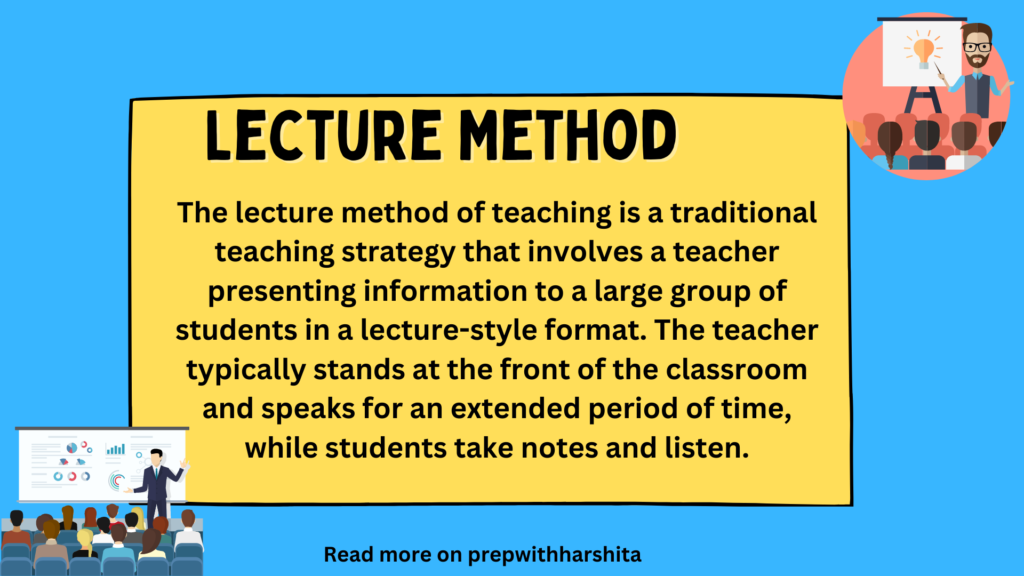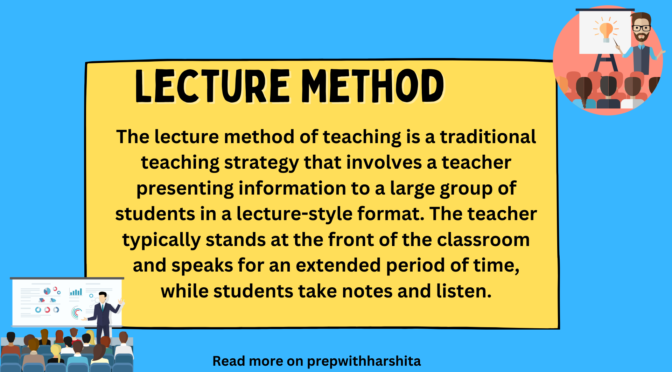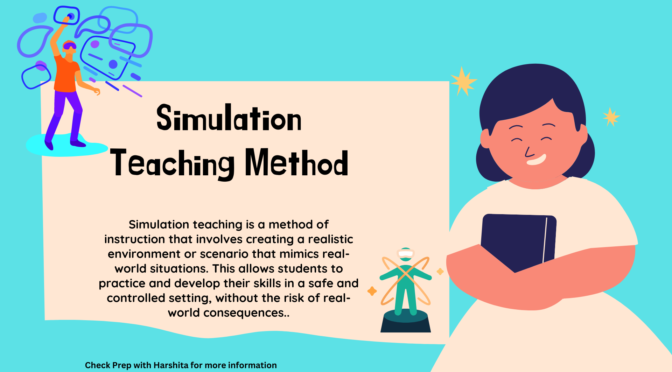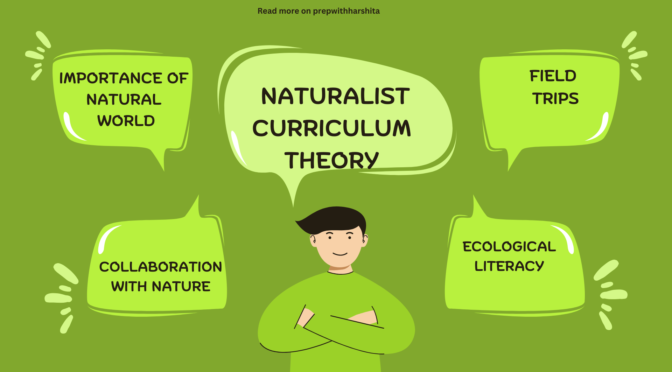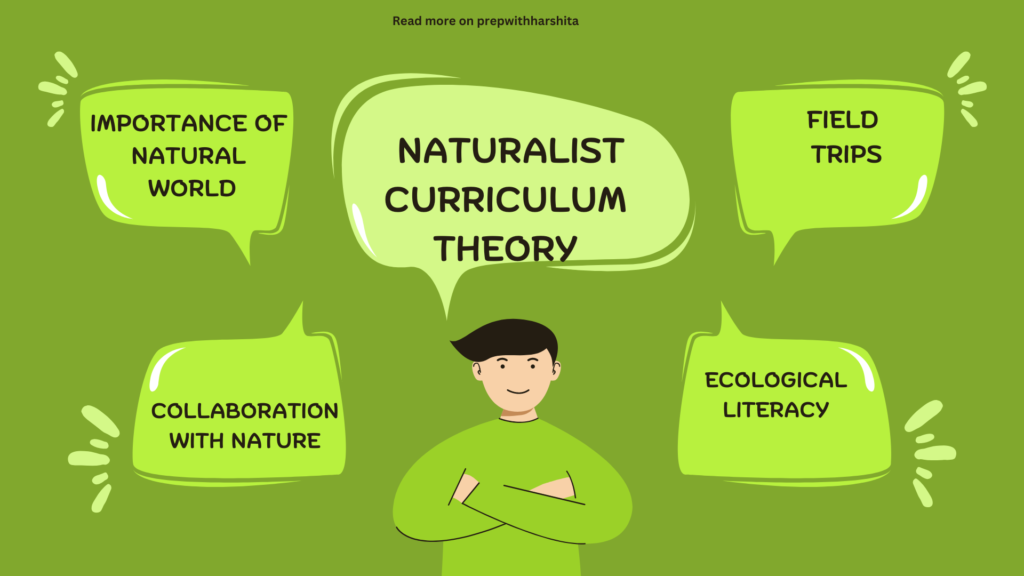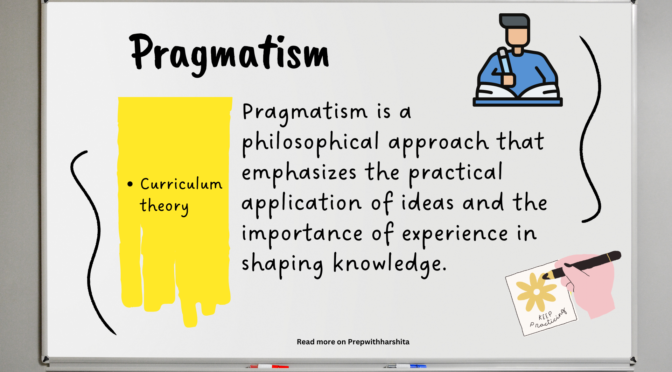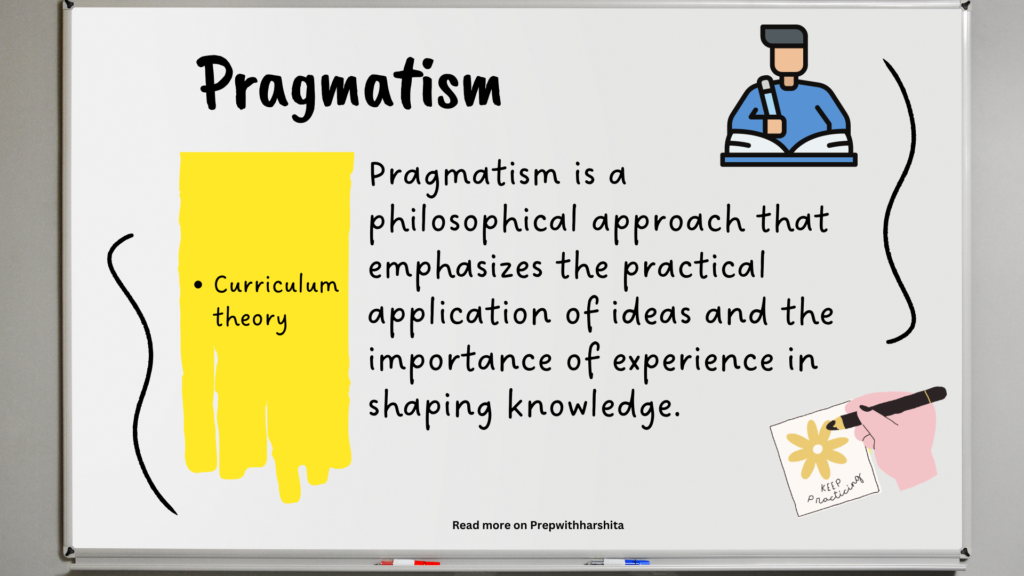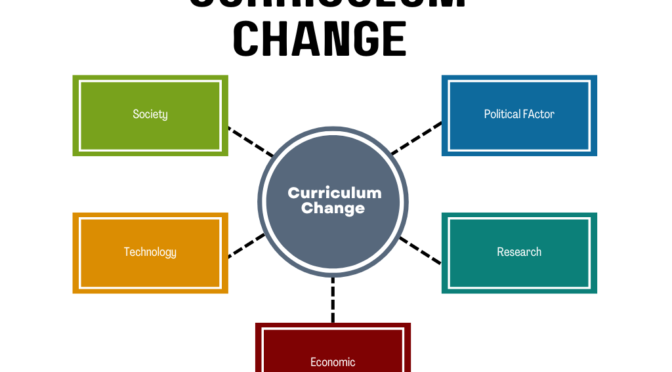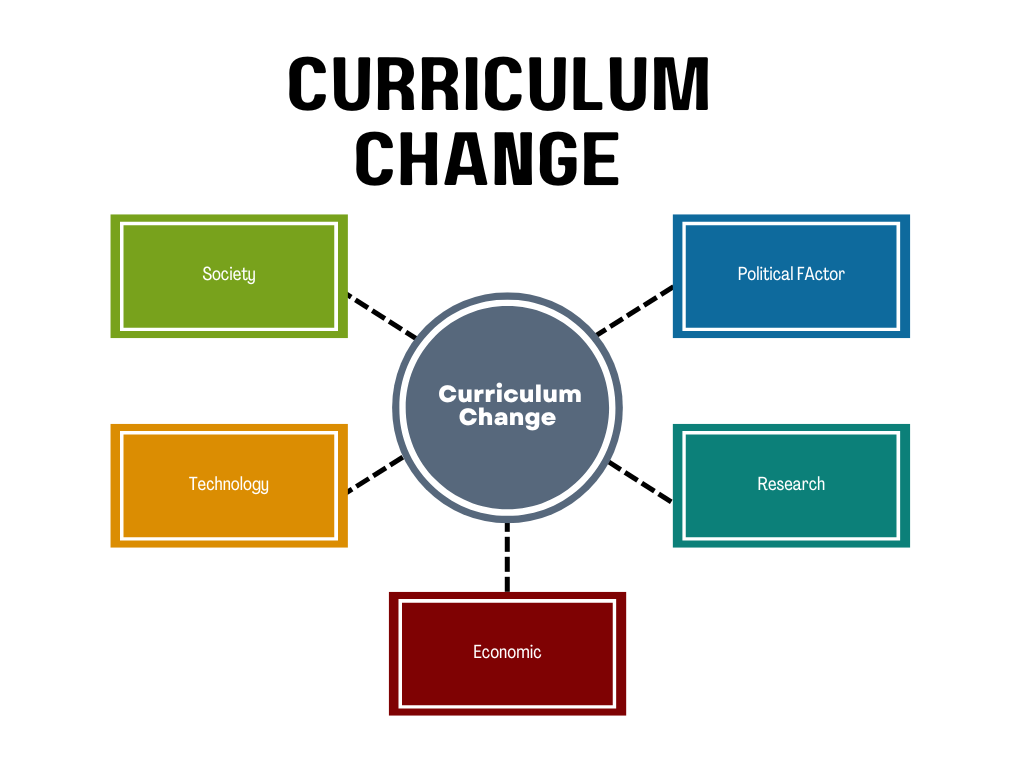The lecture method of teaching is a traditional teaching strategy that involves a teacher presenting information to a large group of students in a lecture-style format. The teacher typically stands at the front of the classroom and speaks for an extended period of time, while students take notes and listen.
Some key features of the lecture method of teaching include:
- One-way communication: A lecture method is a form of one-way communication, with the teacher transmitting information to the students. There is little opportunity for dialogue or interaction between the teacher and students.
- Passive learning: Students are typically passive recipients of information in a lecture, with little opportunity for active engagement or participation.
- Large group setting: A large group of students listens to lectures, which can limit the ability of the teacher to tailor the instruction to individual needs.
- Structured format: Lectures often follow a structured format, with the teacher presenting information in a logical sequence and highlighting key points.
- Use of visual aids: Lectures often incorporate the use of visual aids such as slides or handouts to help convey information.
While the lecture method of teaching is criticized for its limited interactivity and passive learning, it remains a widely used teaching strategy, particularly in higher education. Lectures can be effective for conveying complex information and providing an overview of a topic. However, they may be most effective when used in combination with other teaching strategies that encourage active learning and interaction, such as group work, discussion, or hands-on activities.
Also Read: Simulation Teaching Method
